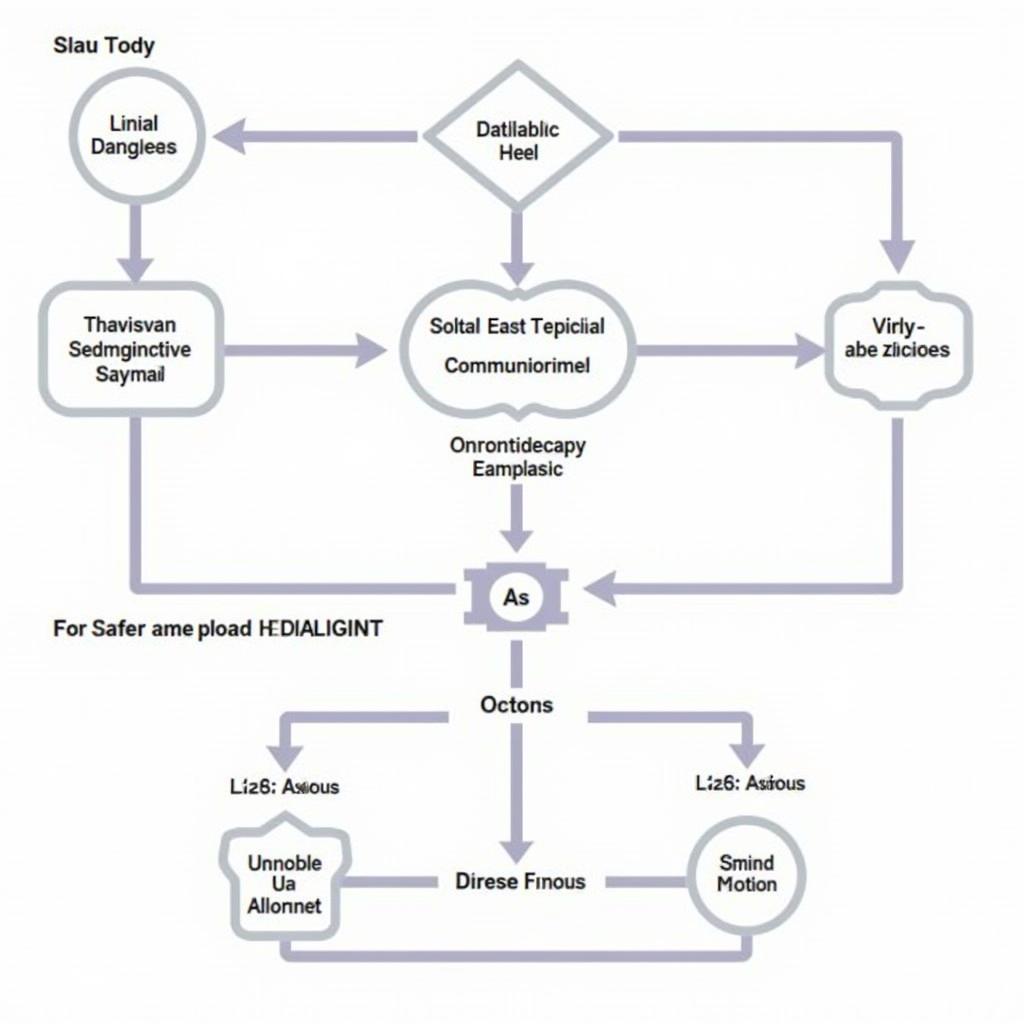ASEAN, the Association of Southeast Asian Nations, is riding a wave of economic growth and development, solidifying its position as a key player on the global stage. This dynamic region, home to a youthful population and a burgeoning middle class, presents a wealth of opportunities across various sectors. However, this upward trajectory is not without its challenges, as ASEAN nations navigate complex geopolitical landscapes, economic fluctuations, and pressing social issues.
Embracing Opportunities: ASEAN’s Potential Unleashed
Several factors contribute to ASEAN’s promising outlook. The region boasts a strategic location at the heart of major shipping lanes, making it a critical hub for trade and investment. Furthermore, ASEAN’s commitment to regional integration through initiatives like the ASEAN Economic Community (AEC) fosters collaboration and economic diversification.
“ASEAN’s youthful population is a significant asset,” states Dr. Maya Iskandar, an economist specializing in Southeast Asian markets. “This demographic dividend, coupled with rising education levels, presents a skilled workforce ready to drive innovation and entrepreneurship.”
Navigating Challenges: Charting a Course Through Turbulent Waters
While opportunities abound, ASEAN must confront several challenges to maintain its growth trajectory. The region faces issues such as income inequality, infrastructure gaps, and environmental degradation. Moreover, geopolitical tensions and navigating the complexities of global power dynamics require delicate diplomacy and strategic partnerships.
“Addressing climate change is paramount for ASEAN’s sustainable development,” remarks Dr. Nguyen Van Thanh, an environmental scientist focusing on Southeast Asia. “The region’s vulnerability to natural disasters necessitates collaborative efforts to mitigate climate risks and build resilience.”
ASEAN’s Path Forward: Collaboration, Innovation, and Resilience
ASEAN’s future hinges on its ability to leverage its strengths, address its challenges, and seize emerging opportunities. Deepening regional integration, fostering innovation, and promoting sustainable development are crucial for sustained growth and prosperity. By embracing digital transformation, investing in human capital, and strengthening institutions, ASEAN can navigate the complexities of the 21st century and emerge as a beacon of progress and stability.
ASEAN is undoubtedly riding a wave of transformation. By harnessing its potential, confronting its challenges head-on, and fostering a spirit of collaboration and innovation, ASEAN can continue to ride this wave toward a brighter future for its people and the world.
FAQs about ASEAN’s Growth
1. What is driving ASEAN’s economic growth?
ASEAN’s growth is fueled by a young population, strategic location, rising middle class, foreign investment, and regional integration efforts.
2. What are some of the challenges ASEAN faces?
Challenges include income inequality, infrastructure gaps, environmental concerns, geopolitical tensions, and the need for digital inclusivity.
3. How is ASEAN addressing climate change?
ASEAN is implementing climate action plans, promoting renewable energy, and collaborating on disaster risk reduction strategies.
4. What is the role of technology in ASEAN’s future?
Technology is key to ASEAN’s growth, driving innovation, creating jobs, and improving public services.
5. How can I learn more about investing in ASEAN?
You can find information about investing in ASEAN through various resources like the ASEAN Secretariat website, investment promotion agencies of member states, and financial institutions specializing in Southeast Asia.
Need more information about ASEAN? Explore our article on asea multi level marketing.
Have other questions about ASEAN’s journey? Contact us at Phone Number: 0369020373, Email: aseanmediadirectory@gmail.com or visit us at: Thôn Ngọc Liễn, Hiệp Hòa, Bắc Giang, Việt Nam. Our customer service team is available 24/7 to assist you.


